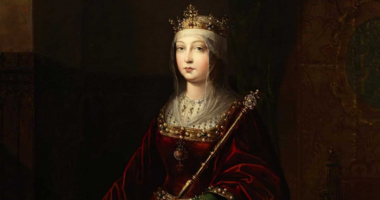Top 10 Interesting Facts about Nikola Tesla
Scientist Nikola Tesla was born in Serbia and immigrated to the United States. He is known for making significant advances in physics, particularly in the area ... read more...of alternating current (AC) electrical delivery systems. On July 10, 1856, a Serb of ethnicity was born in what is now Croatia. He was very close to his mother, and it is believed that she gave him his photographic memory and his artistic ability. Along with his contributions to science, Tesla is well-known for his eccentricities, such as his fascination with the number 3. To know more about his family, life, quirks, work, and death, read these interesting facts about Nikola Tesla.
-
On July 10, 1856, a Serb woman gave birth to Nikola Tesla in the Austrian Empire's Military Frontier settlement of Smiljan (modern-day Croatia). His father was an Eastern Orthodox priest named Milutin Tesla (1819–1879).
Uka Mandi (1822–1892) was Tesla's mother; her father was a priest in the Eastern Orthodox Church. Tesla praised his mother as a first-class innovator and said that if she hadn't been so cut off from modern life and its opportunities, she would have accomplished so much more and exploited her talents. Uka Mandi put in a lot of effort from early in the morning till late at night, managed to find a number of gadgets around the house, and was well known for her skilled handiwork. She created a variety of tools and equipment, invented them, and wove exquisite patterns with her own spun threads. Her fingers were still dexterous enough to make three knots on an eyelash at the age of sixty. The majority of the clothing and furniture in the house was created by Uka Mandi, who also seeded seeds, nurtured plants, and separated fibers. One of the interesting facts about Nikola Tesla is he attributed his photographic recall and inventiveness to the genes and upbringing of his mother. April 1892 saw Uka Mandi passing. “You've arrived, Nido, my pride” she said to Tesla as she passed away. After the tragedy, Tesla became ill and spent some time in Gospic and the Croatian settlement of Tomingaj, where she was born.
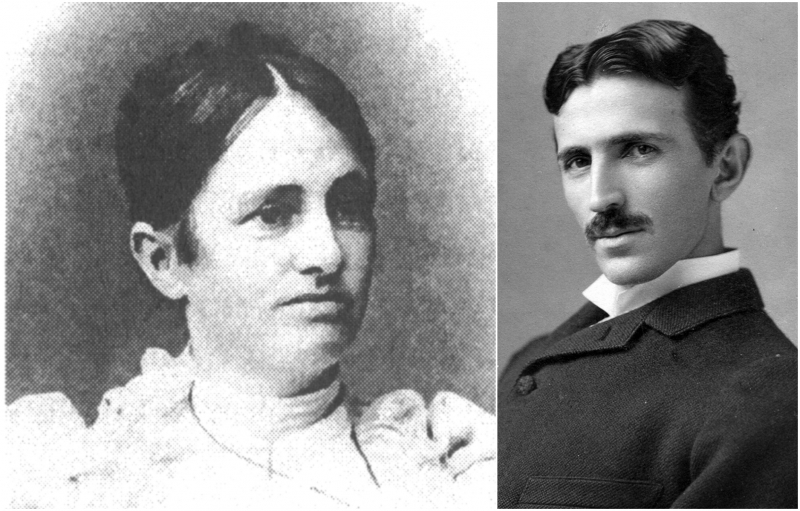
Photo: plitvicetimes 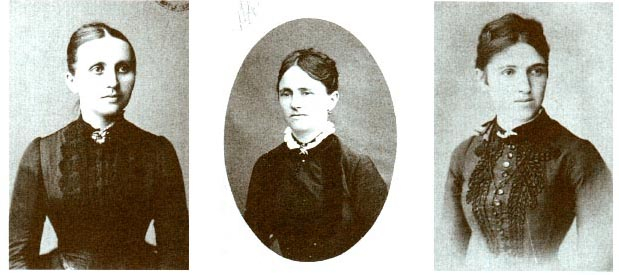
Photo: teslasociety -
The Edison Machine Works, a manufacturing subsidiary located in New York City, was managed by Edison manager Charles Batchelor, who had been in charge of the Paris installation, in 1884. Batchelor also requested that Tesla be brought to the United States. Tesla departed for America with the assistance of his uncles Peter and Pajo, but his journey was not particularly enjoyable. He was robbed, and both his possessions and his ticket were taken. During one of the ship's mutinies, he came dangerously close to being thrown overboard. He reportedly had only 4 cents in his pocket when he arrived in New York.
Tesla immigrated in 1884 and started working at the Machine Works on Manhattan's Lower East Side almost immediately. This overcrowded business had several hundred machinists, laborers, management personnel, and 20 “field engineers” who were tasked with constructing the vast electric utility in that city. Tesla was working on troubleshooting installations and enhancing generators, much like in Paris. Tesla may have only seldom interacted with Thomas Edison, according to historian W. Bernard Carlson. One of those instances is described in Tesla's book. Tesla bumped into Bachelor and Edison after working all night to fix the damaged dynamos on the ocean liner SS Oregon, and they made a joke about their “Parisian” being out all night. Edison told Bachelor that “he is a damned good man” after Tesla told them that he had spent the entire night repairing Oregon. The creation of a street lighting system based on arc lamps was one of the tasks assigned to Tesla. Although arc lighting was the most widely used kind of street lighting, it was incompatible with the Edison low-voltage incandescent system and required high voltages, costing the business contracts in some areas. Due to technical advancements in incandescent street lighting or a contract Edison had with an arc lighting business, Tesla's plans were never put into production.
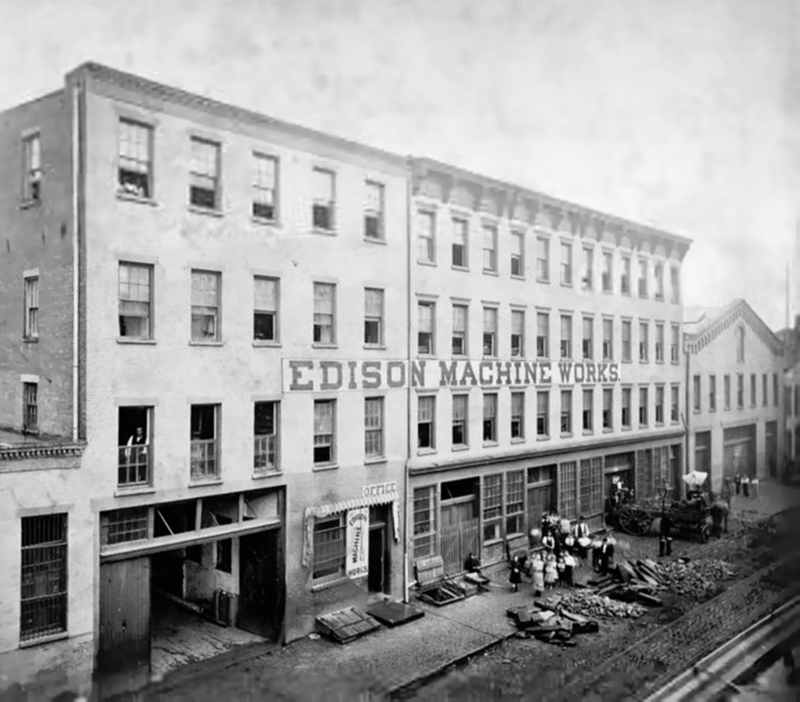
Photo: medium 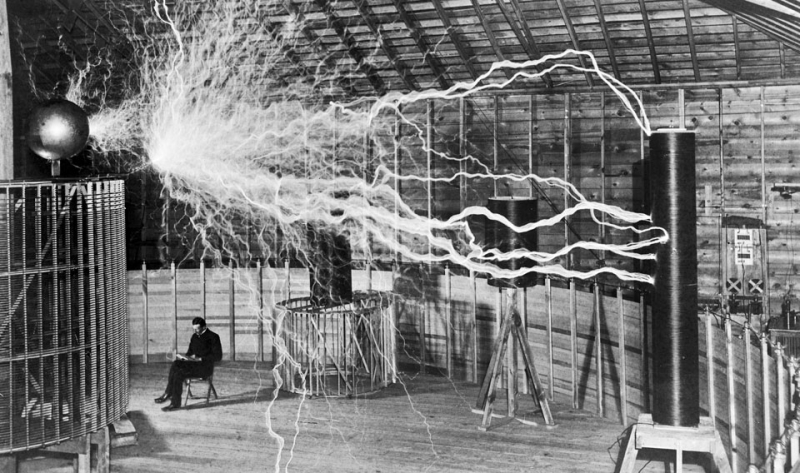
Photo: fi.edu -
During his nearly one year of employment at Edison's Manhattan headquarters in 1884–1855, Tesla won over everyone with his diligence and innovation. It is said that he replaced original Edison designs with better versions of more than 20 machines. Tesla was allegedly given a $50,000 reward by Edison for enhancing the design of his DC dynamos.
In a short period of time, Tesla made the device far more efficient. Edison, however, appeared surprised when Tesla requested payment. He clarified that the jokey $50,000 offer had been made. You will enjoy an American joke after you are a full-fledged American, according to Edison. Tesla immediately resigned, shocked and repulsed.
Tesla left the Machine Works after a total of six months of employment there. He left his position as Edison's apprentice not just because he felt “soiled” by the inventor's greed, as the documentary revealed, but also because he felt “cheated”.Edison's DC power approach was ultimately disproven by Tesla as being grossly inadequate for his goals. Instead, he opted for the still-commonly-used method of alternating current or AC power. The young Serbian received financial support from businessman George Westinghouse and succeeded in illuminating the first-ever electrically lit exhibition in Chicago in 1893.
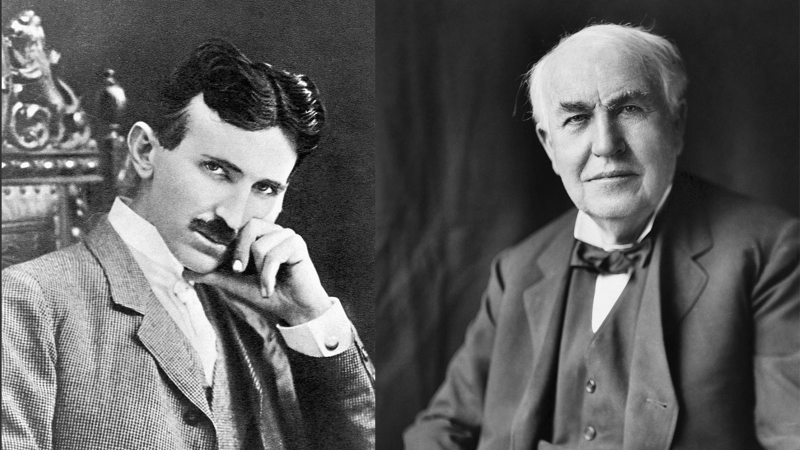
Photo: tfipost 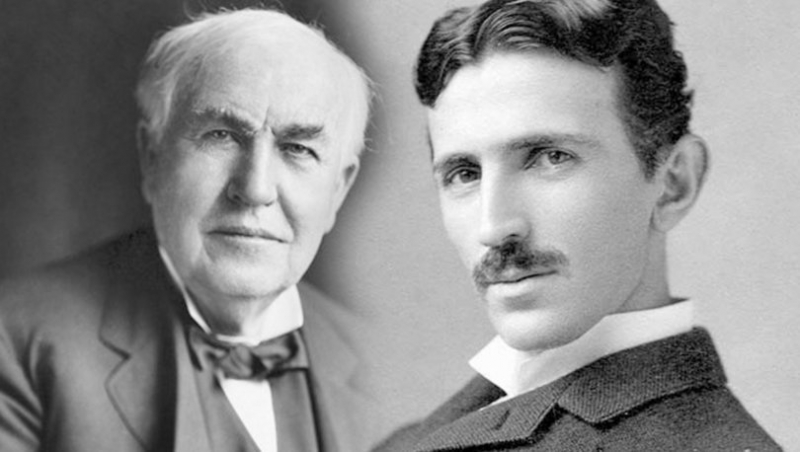
Photo: bestepebloggers -
Tesla was working on patenting an arc lighting system shortly after leaving the Edison business; this system may have been the same one he had created there. He visited with Lemuel W. Serrell, a patent lawyer who had formerly represented Thomas Edison, in March 1885 to get assistance with filing the applications. Robert Lane and Benjamin Vail, two businessmen that Serrell introduced to Tesla, agreed to finance the Tesla Electric Light & Manufacturing, an arc lighting manufacturing and utility firm that bears his name. As he built and installed the system in Rahway, New Jersey, Tesla worked for the remainder of the year to get the patents, which included an improved DC generator and were the first ones granted to him in the US. The technical press noticed Tesla's new system and remarked on its cutting-edge characteristics.
Tesla's concepts for novel designs of alternating current motors and electrical transmission machinery received little attention from investors. After the utility was operational in 1886, they chose to operate only an electric utility because they felt that the manufacturing portion of the business was too competitive. They disbanded Tesla's business and established a brand-new utility corporation, leaving the inventor jobless. Tesla even lost custody of his own patents, which he had given to the business in exchange for stock. One of the interesting facts about Nikola Tesla is for $2 a day, he was forced to dig ditches and perform other electrical repairs. Later in life, Tesla recounted that part of 1886 as a time of hardship, writing “My high education in various branches of science, mechanics, and literature seemed to me like a mockery”.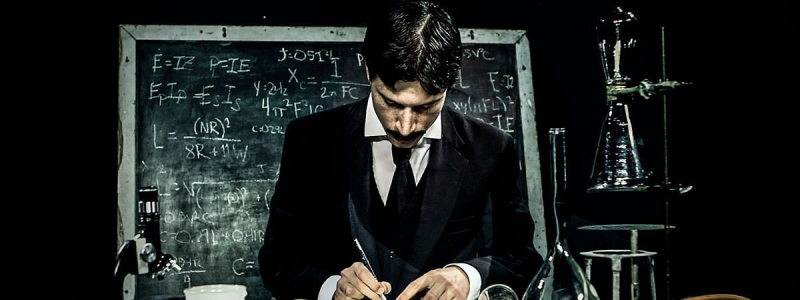
Photo: learnodo-newtonic 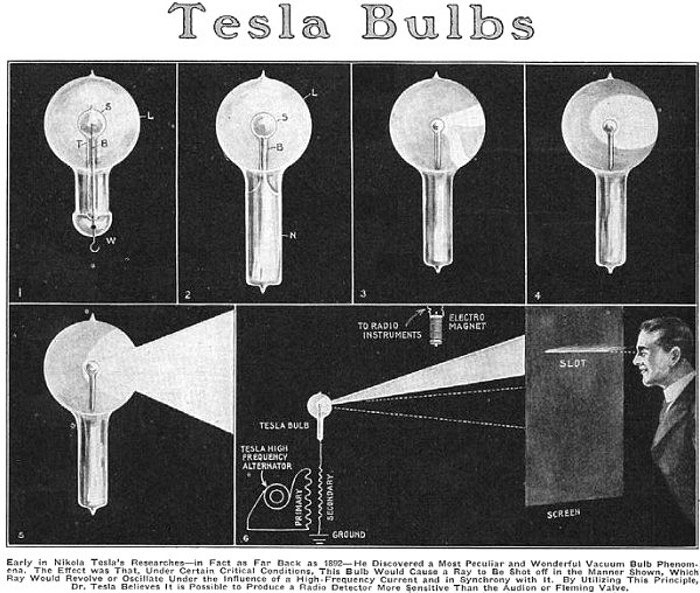
Photo: teslaresearch -
For his polyphase induction motor, Tesla and George Westinghouse of Westinghouse Electric signed a licensing agreement in 1888. When three large companies, Westinghouse, Edison, and Thompson-Houston, engaged in strong competition for the capital-intensive industry of supplying electric power, it was known as the "war of the currents" in America. Tesla received $60,000 in cash and shares, as well as $2.5 for every ac horsepower produced by each motor as part of the agreement. Tesla was also employed by the business as a consultant for $2,000 per month.
Westinghouse Electric was in financial crisis two years after signing the Tesla contract. Investors called in their loans to Westinghouse Electric as a result of the financial panic of 1890, which was brought on by the almost-collapse of Barings Bank in London. The corporation had to restructure its loans as a result of the acute cash shortage. Westinghouse was required to reduce what appeared to be excessive spending on the purchase of other businesses, research, and patents, including the per-motor royalty in the Tesla contract, by the new financiers. The Tesla induction motor was still under development at that time and had not yet achieved success. Even though there were few operational instances of the motor and even fewer polyphase power systems required to run it, Westinghouse was still paying a guaranteed royalty of $15,000. George Westinghouse gave Tesla a blunt explanation of his financial problems in the beginning of 1891, warning that if he did not comply with the demands of his lenders, he would lose control of Westinghouse Electric and Tesla would have to "deal with the bankers" in order to try to collect any future royalties. Tesla undoubtedly thought it was obvious why Westinghouse should keep promoting the motor, so he consented to the company's release from the contract's royalty payment provision. As part of a patent-sharing arrangement made with General Electric (the business formed by the 1892 merger of Edison and Thomson-Houston), Westinghouse acquired Tesla's patent six years later for a one-time payment of $216,000.
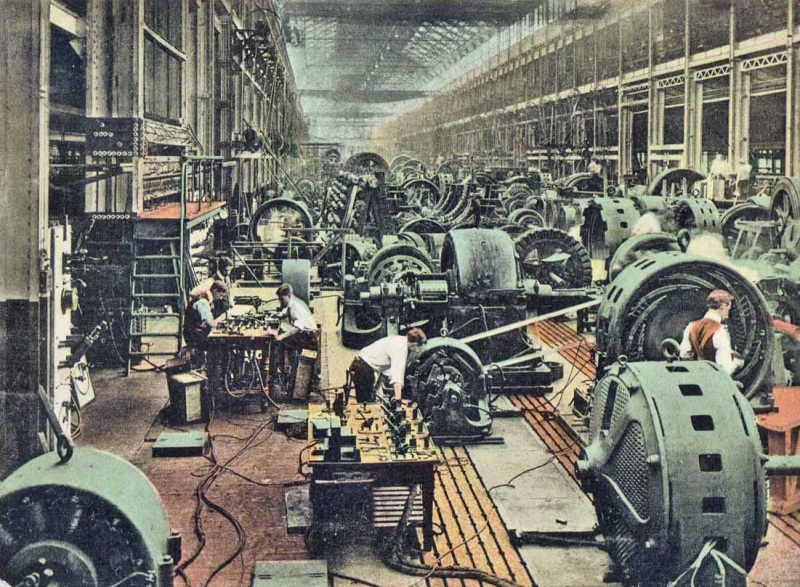
Photo: chomun.org 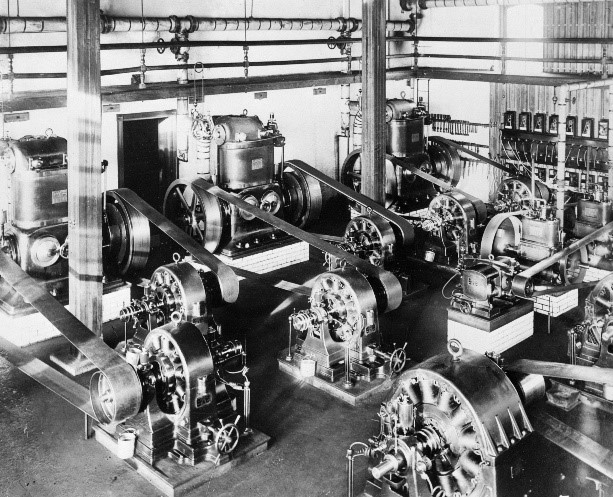
Photo: archbridgeinstitute -
Tesla became independently rich and had the time and resources to pursue his own interests thanks to the money he received from licensing his AC patents. Tesla left the Liberty Street store Peck and Brown had rented in 1889, and for the following twelve years he operated out of a number of workshop/laboratory locations in Manhattan. The fourth floor of 33-35 South Fifth Avenue (1892-1895), the sixth and seventh levels of 46 & 48 East Houston Street (1895-1902) and a lab at 175 Grand Street (1889-1892) were a few of them. In these workshops, Tesla and his hired help produced some of his most important work.
Unluckily, something occurred to one of his labs. The South Fifth Avenue structure that housed Tesla's lab caught fire early on March 13, 1895. Tesla's fourth-story laboratory burnt and collapsed into the second level due to the intensity of the fire that originated in the building's basement. Tesla's ongoing efforts were delayed by the fire, which also lost a number of early study notes, models, and demonstration pieces, many of which had been displayed during the 1893 World's Columbian Exposition. Tesla told The New York Times, “I am in too much grief to talk. What can I say?”. Tesla rebuilt his lab on the sixth and seventh floors after the fire, moving to 46 & 48 East Houston Street.
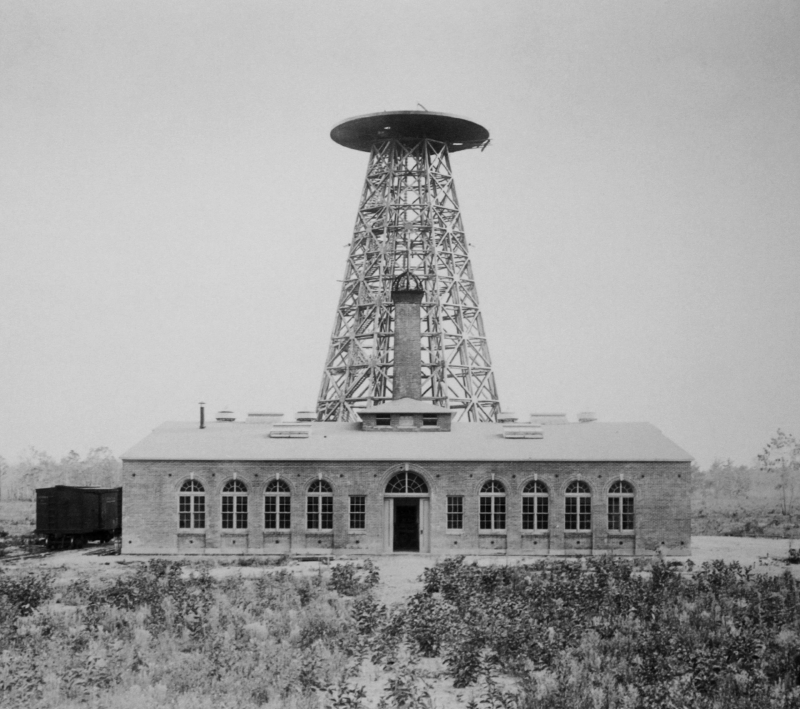
Photo: commons.wikimedia.org 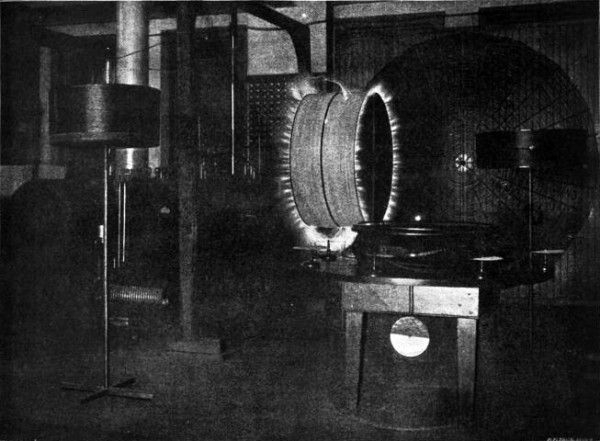
Photo: pinterest -
Tesla reputedly had a photographic memory and memorized entire volumes, in addition to reading a wide variety of literature. He was a polyglot, speaking Serbo-Croatian, Czech, English, French, German, Hungarian, Italian, and Latin in addition to eight other languages. In his autobiography, Tesla described how he had specific inspirations. Tesla experienced numerous illnesses throughout his early years. He would see visions frequently, along with blinding flashes of light. The visions frequently related to concepts or words he had previously encountered; other times, they offered the answer to a specific issue he had been facing. He could picture something in lifelike detail just by hearing its name.
Before beginning the construction phase, Tesla meticulously and fully imagined his inventions in his mind, using a method frequently referred to as picture thinking. He usually worked from memory rather than creating drawings by hand. Tesla had regular flashbacks of things that had transpired earlier in his life starting in his boyhood.
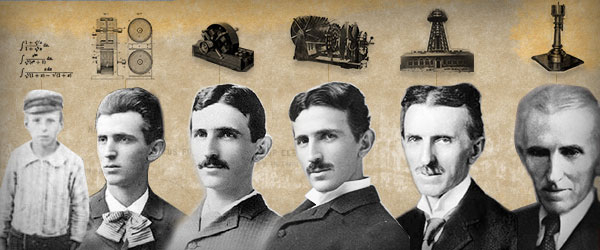
Photo: questum 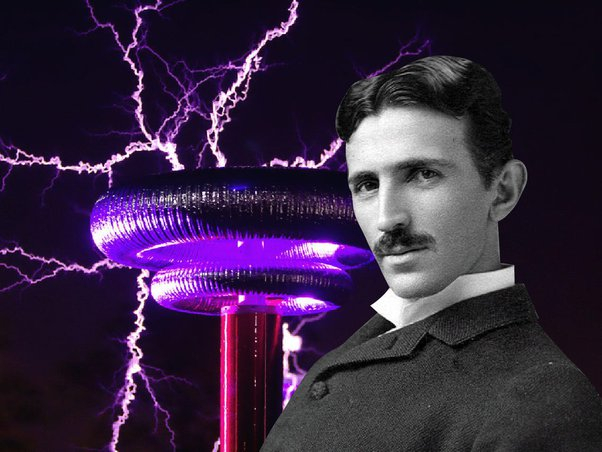
Photo: quora -
Nowadays, everyone is aware of Tesla's fixation with the number 3, which has led to a number of intriguing speculations. It is well known that he frequently felt the need to walk the length of the block three times before entering a building. He practiced numerous similar rituals that were connected to the number 3. He had a phobia of germs after recuperating from cholera at a young age. He used 18 napkins to polish his eating utensils (multiple of 3). He went to dinner at Delmonico's restaurant and afterwards the Waldorf-Astoria Hotel every day at 8:10 p.m. after working from 9 to 6 every day. Except on a few rare instances, he always ate dinner alone. With a few brief naps here and there, he claimed to sleep for barely two hours. Additionally, he said that curling his toes 100 times for each foot each night activated his brain cells. He also detested jewelry, did not want to touch people's hair, and was scared of pearl.
Another interesting facts about Nikola Tesla are he was known for being strange due to his fixation with pigeons and dislike of ladies wearing earrings. When he was younger, he experienced a psychological breakdown, and he may have had dementia by the time of his passing. He was never wed.
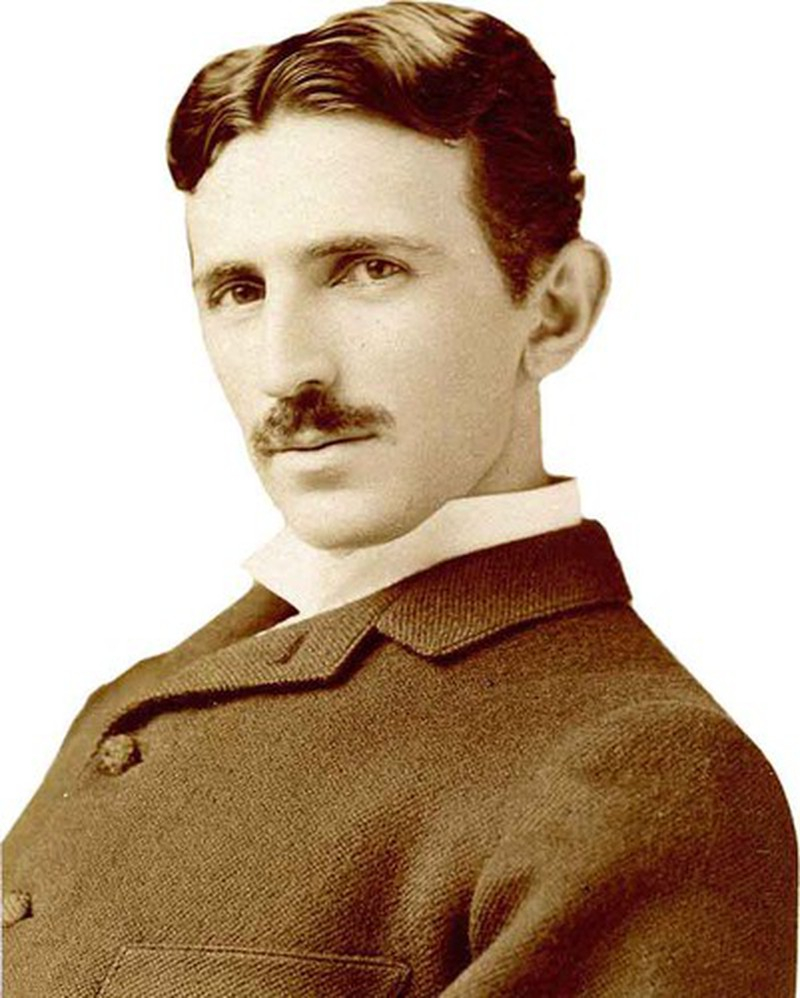
Photo: vietnamdaily.trithuccuocsong.vn 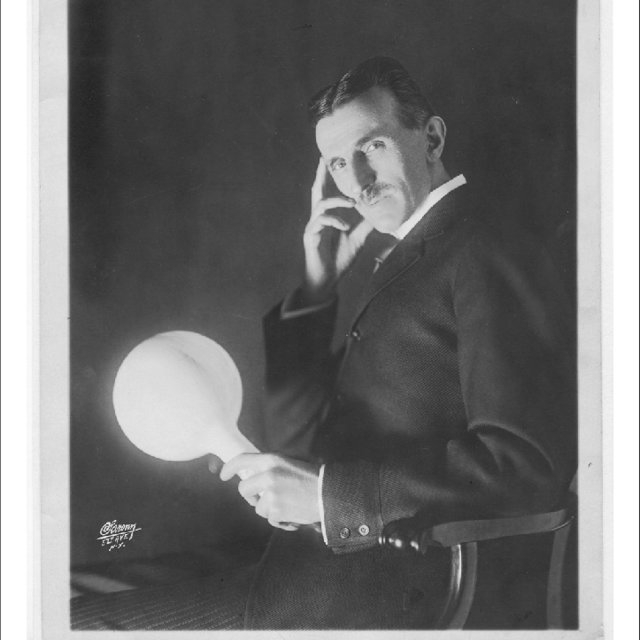
Photo: researchgate -
As he aged, Tesla's financial condition began to erode. He spent a lot of time and money living at the Waldorf Astoria in New York. He had to relocate to the St. Regis Hotel in 1922, which began a pattern of switching hotels every few years and leaving behind unpaid payments. With time, the majority of his patents expired, and he found it difficult to create an item that would sell well. Tesla was essentially destitute in the 1920s, yet his reputation and a few close friends frequently helped him get out of sticky circumstances. Westinghouse Electric & Manufacturing Company started paying Tesla's rent and $125 a month after he moved into the Hotel New Yorker in 1934. The Company would cover these costs up until his passing in room 3327 of the New Yorker Hotel, according to an undisclosed settlement.
Tesla, who lived in poverty and seclusion for nearly 60 years, died in New York City on January 7, 1943, from coronary thrombosis at the age of 86. However, Tesla's contributions continue to this day thanks to his lasting legacy. Near the location of his former laboratory in New York City, at the junction of 40th Street and 6th Avenue, a street sign identifying “Nikola Tesla Corner” was put in place in 1994.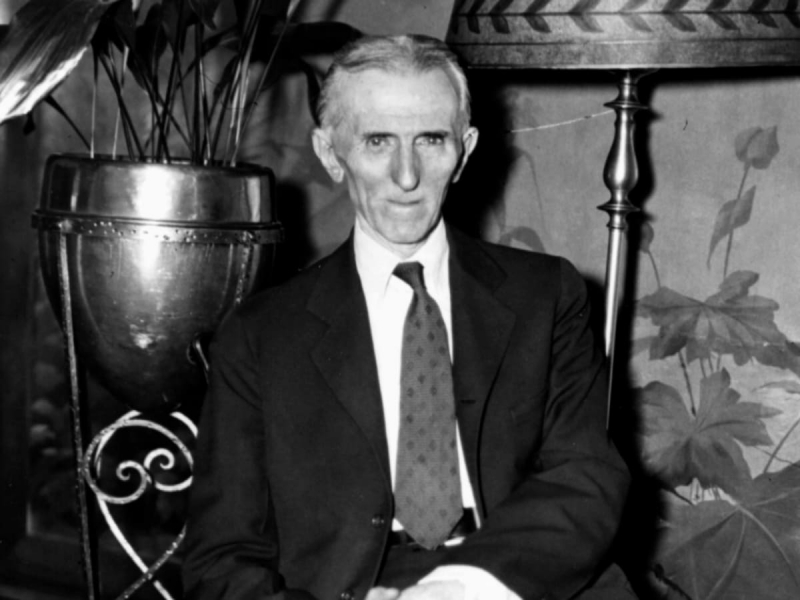
Photo: history 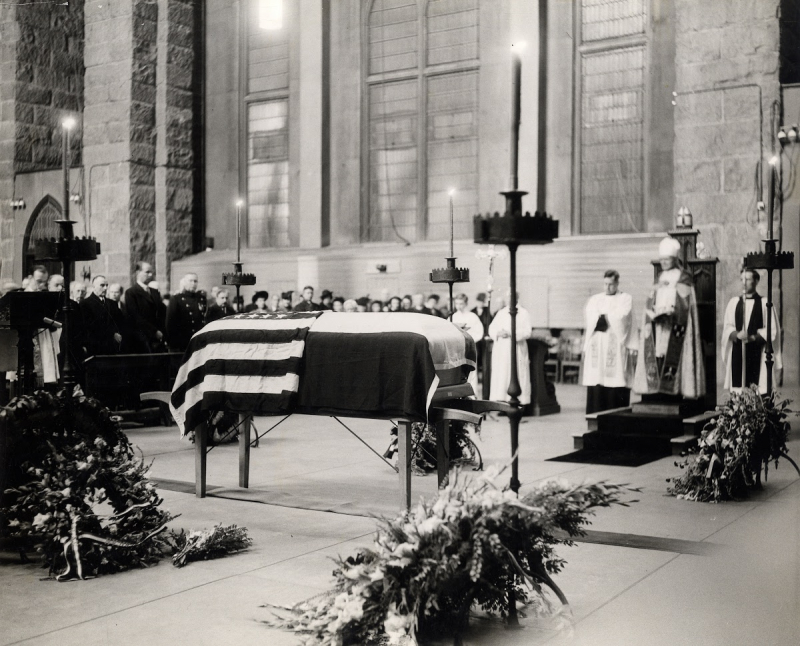
Photo: artsandculture -
Tesla established a field laboratory in Colorado Springs, Colorado, during the summer of 1899 to investigate the viability of using high-altitude stations to broadcast data and electric power across great distances. Tesla's apparatus detected a sequence of beeps one July day while monitoring lightning storms. He came to the conclusion that the signals must be coming from another planet after ruling out solar and terrestrial origins. In response to the American Red Cross's plea for a forecast of the biggest scientific advance in the following century the Christmas after, Tesla wrote, “Brethren! We have a message from another world, unknown, and remote. It reads one… two… three…”.
The signal was in fact produced by the moon Io passing through Jupiter's magnetic field, according to a 1996 research that replicated Tesla's experiment.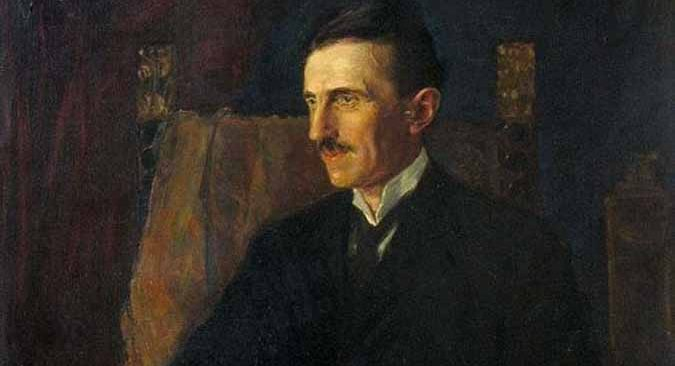
Photo: dkn.news 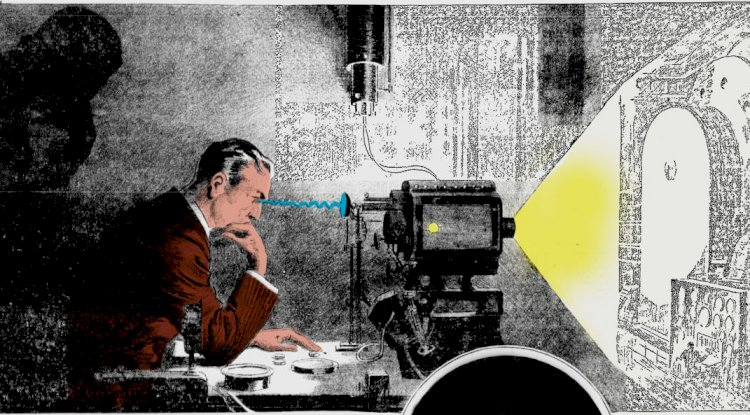
Photo: lafgaf






























